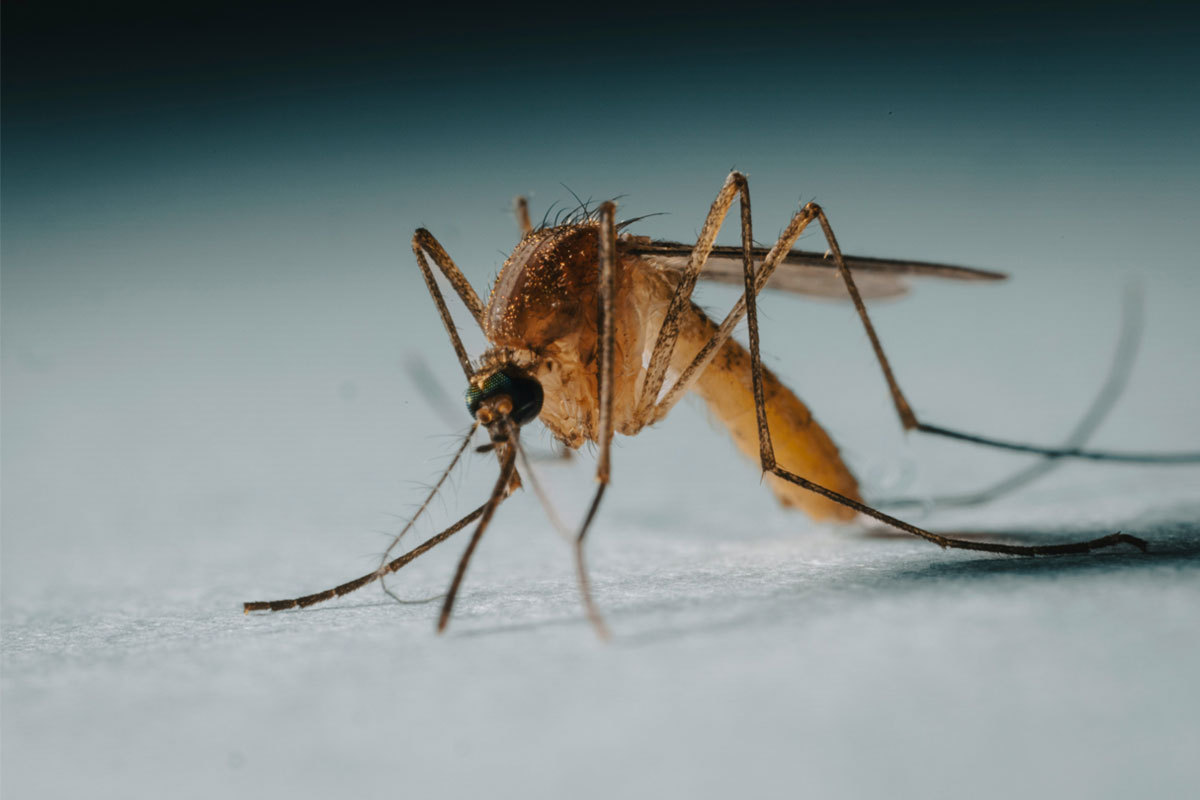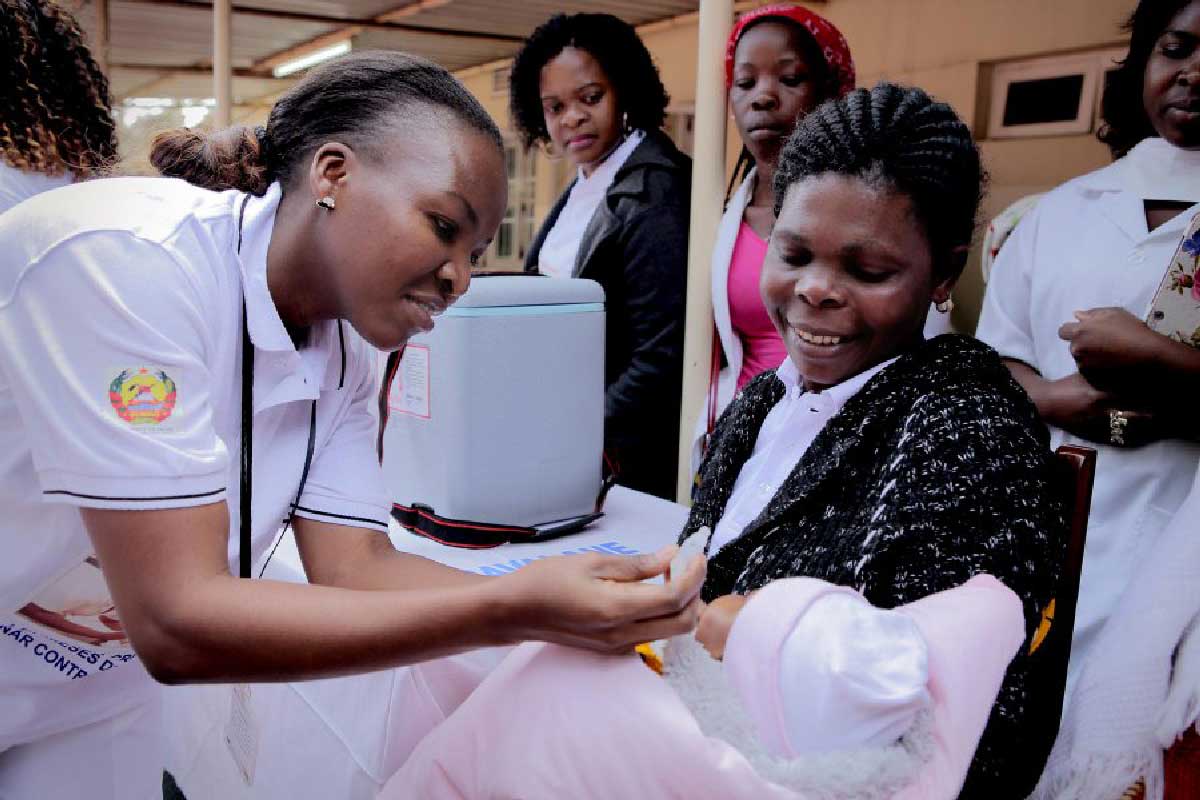Dengue-carrying mosquitoes have been detected in the UK: should you be worried?
UK scientists sound alarm as dengue and Zika-spreading mosquitoes found in surveillance traps.
- 2 October 2025
- 4 min read
- by Linda Geddes

Mosquitoes capable of spreading dengue, chikungunya and Zika viruses have been detected in surveillance traps in the UK, adding to growing evidence of their spread northwards.
Historically, the Asian tiger mosquito (Aedes albopictus) and the Egyptian or yellow fever mosquito (Aedes aegypti) were limited to subtropical and tropical regions of the world, but thanks to rising temperatures and milder winters they’re increasingly becoming established across parts of southern and central Europe.
These factors are also expected to aid their spread further north, putting new populations at risk of diseases they transmit.
To mitigate this risk, the UK’s Health Security Agency (UKHSA) and its partners have stepped up surveillance activities over the past five years, including setting ovitraps – devices that mimic breeding sites for these mosquitoes – at seaports, airports and transport hubs on highways in England, Wales and Northern Ireland.
By counting the number of eggs in these traps and sending eggs or larvae to a lab for species identification, scientists can track the growth and spread of mosquito populations.

A new study published in PLOS Global Public Health suggests that detections of Ae. Albopictus and Ae. aegypti are becoming increasingly common, with implications for public health.
How are invasive mosquitoes monitored?
Invasive mosquito surveillance began at UK ports in 2010. By 2019, these efforts had expanded to 56 sites – including seaports, airports, rail terminals and roadside locations – with trapping conducted from June to October.
Through this surveillance, Ae. albopictus eggs were first detected at a truck stop in Kent in 2016, with further eggs detected during 2017 to 2019. However, enhanced surveillance and targeted control measures prevented the establishment of larger or sustained populations.
The new study describes the results of invasive mosquito surveillance conducted by UKHSA from 2020 to the end of 2024. Dr Colin Johnston at UKHSA’s Centre for Climate and Health Security in Porton Down, UK, and colleagues regularly examined 1,070 ovitraps at 117 locations in England, Wales and Northern Ireland, during this period, in response to the “rising risk of incursion, posed by Ae. albopictus and other mosquito species that can transmit animal and human pathogens,” the researchers said.
Which mosquitoes did they find?
Between 2020 and 2022 no invasive mosquitoes were detected – possibly because the COVID-19 pandemic reduced air and vehicle traffic from regions where they are common, providing fewer opportunities for these mosquitoes to hitchhike into new areas.
Have you read?
However, in September 2023, the researchers detected Ae. aegypti eggs in a freight storage facility near London Heathrow Airport. This detection was particularly noteworthy, they said: “The only previous known incursions of this species are an adult male discovered in near Liverpool in 2017; a suspected 7–10 mosquitoes linked to sailors infected with Yellow Fever in Swansea port, Wales, in 1865; and curiously larvae found in a beech tree rot hole in Epping Forest in 1919.”
Following this discovery, local surveillance was stepped up, but no further eggs were detected, suggesting it may have been an isolated incident.
Then, in August 2024, Ae. albopictus was detected for the first time since 2019, near a fast-food drive-through at a service station on the M20 motorway in Kent, south-east England.
"Given that Ae. albopictus has been documented traveling inside vehicles, it is hypothesized that [a mosquito] may have arrived via a vehicle from mainland Europe and exited when the vehicle stopped,” the researchers said. “These high-traffic fast-food locations had not previously been prioritised for targeted surveillance, highlighting the importance of monitoring such areas where invasive mosquitoes could inadvertently be introduced.
“Critically, no additional eggs, larvae, or adults were found in other traps during routine and enhanced surveillance, nor in any discarded water-filled containers, suggesting that this was a transient incursion from outside the UK.”
What do these detections mean for public health?
So far, there is no evidence that either species has become established in the UK. But as the climate grows more favourable to their survival, the risk of dengue, Zika and chikungunya increases.
“These detections highlight the need for continued, enhanced surveillance to reduce the threat of mosquito-borne disease,” Johnston and colleagues said. “Without timely action, the UK faces the risk of invasive mosquito populations becoming established.”







